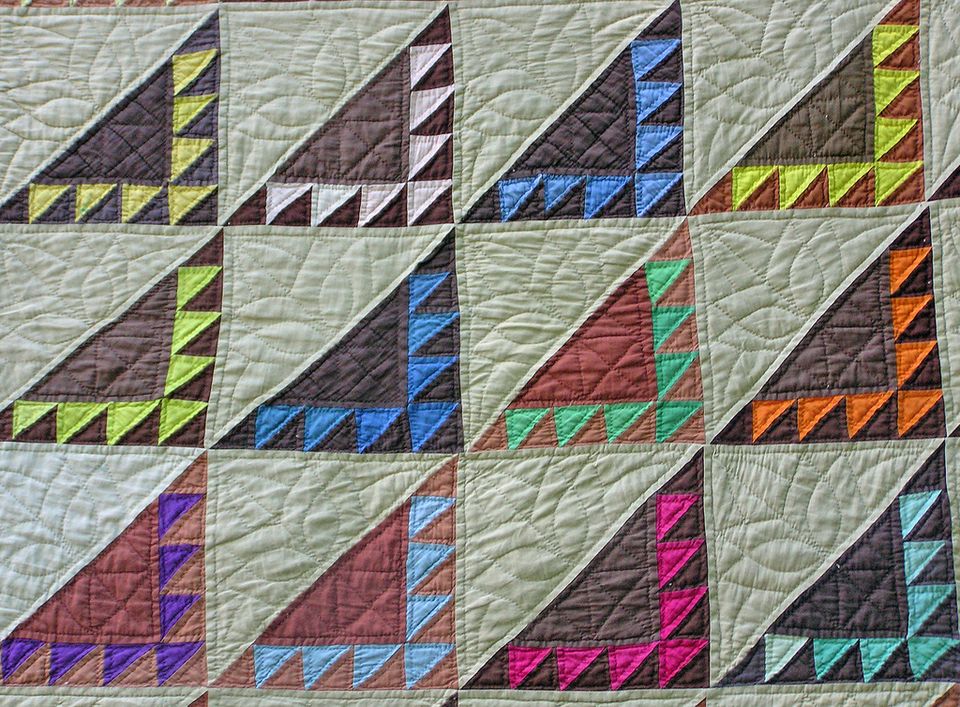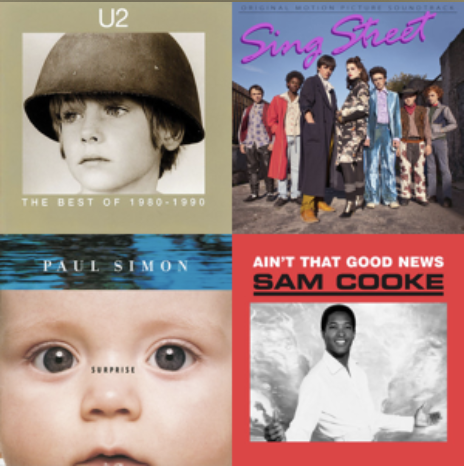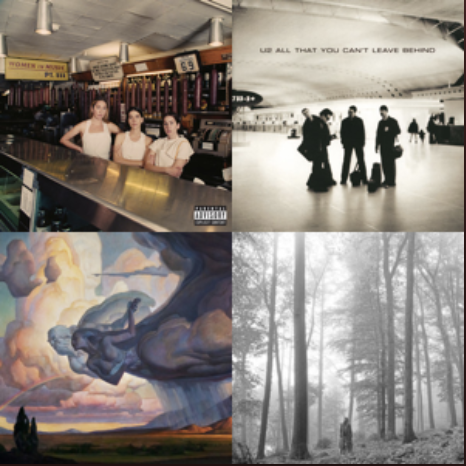I first discovered American folk music in books.
It is bedtime, and I’m curled up under Great-Grandma’s patchwork quilt as Mom reads chapters from the Little House books, comes to a part where Pa pulls out his fiddle and begins to sing the songs of the people. I’m in high school, reading Christy for the first time, and I’m so caught by the magic of the song printed before the prologue I look it up and learn the tune and sing it to children I babysit as I rock them to sleep:
Down in the valley,
valley so low
Hang your head over,
hear the wind blow.
Hear the wind blow, love,
hear the wind blow;
Hang your head over,
hear the wind blow.
My love of American folk music has nostalgic tendencies to be sure. However, as I look at the growing popularity in recent years of bands like The Civil Wars, The Avett Brothers, The Lone Bellow, The Lumineers, The Vespers, etc. (and of course the meteoric fame of the non-American-American-folk-rock band Mumford and Sons), I realize I’m not alone in my love for Americana.
There is something about American folk music that speaks to us, something in its essence that keeps us asking for more.
Here’s the thing, though. As much as I love all those bands listed above and latch on to nearly every new album that seeks to generate the Americana sound, it’s rare for me to find an album that fully captures what I found under that patchwork quilt. It’s not often contemporary musicians strike the same chords in my soul as “Down in the Valley.”
Enter Ron Block’s “Walking Song”.
Ron Block is an accomplished musician, songwriter, and producer. He has been a member of Alison Krauss & Union Station for 20 years. His music has been recorded by artists in country, bluegrass, and Christian music. He’s played with some of the most recognizable names in American music. Nobody has ever doubted Ron Block’s talent. But “Walking Song” is something new—or perhaps something old.
There is a marriage of music and lyric on Block’s album that rises above its contemporary counterparts. It’s the kind of sound you would expect to hear around an Appalachian fireplace, or sung to tunes Pa Ingalls produced from his fiddle on those chilly nights on the prairie as Laura and Mary fell asleep in the wagon.
The creators of folk songs have been lost to history. The songs themselves were passed down orally from generation to generation. We have working songs with steady rhythms that remind us of chopping wood or kneading bread. We have dancing tunes with lilting melodies that set our feet to tapping. We have ballads and lullabies with quiet, flowing strains that relax our minds and bodies. These songs came into existence in a time when people worked together, danced together, sang together. They lived together, and one would pull out an instrument and another would choose words to sing to the tune, and songs came to be. Songwriting sessions and studios weren’t a part of the picture.
Contemporary Americana’s folk roots lie primarily in Appalachian songs and bluegrass. But most of it is highly influenced by more contemporary music forms like rock and roll and pop music. I do not mean to diminish the creative process of any band, but I wonder whether the very nature of the music industry has forced the loss of those elements that make our American folk music strike our hearts. It is, after all, an “industry”—the very word bringing with it pictures of factories and machines.
I wonder if its unique creation process is the very thing that makes “Walking Song” stand out. Ron Block didn’t partner with the big names of Nashville to write his songs. Instead, he paired up with Rebecca Reynolds, a mom, a teacher, a wife, and a poet. Ron and Rebecca met through The Rabbit Room, an online community created by singer/songwriter Andrew Peterson. The Rabbit Room is an experiment in creative community inspired by The Inklings; a place for creatives to gather, to discuss, to challenge one another, and to think together about life and art and faith.
After getting to know Ron through discussions on the site, Rebecca asked him if he would be interested in collaborating. She didn’t realize that he was that big a deal, and the invitation opened new opportunities for Ron—he was able to explore creativity without the pressure to produce. Their collaboration happened almost entirely via Skype, and as their friendship deepened, the creativity flowed. He would find the tune, she would find the words, or vice versa, or simultaneously.
“Walking Song” is the result of friends doing life together in community. It goes back to the roots of what folk music really is and strikes that chord we seem to all be seeking.
The songs on the album cover a broad variety of styles. “Sunshine Billy” brings the blues to the fore; “Jordan, Carry Me” celebrates the spirituals; “Rest, My Soul” follows the style of traditional American hymns. The album’s heart, though, is in the Appalachian and bluegrass tunes. There’s a dancing tune, “Ivy,” and ballad, “Colors.” “Nickel Tree Line,” featuring harmony vocals by Alison Krauss, is perhaps the most bluegrass of the songs with words, but is supported by Ron’s instrumental arrangements of traditional bluegrass songs “Devil in the Strawstack” and “Shortnin’ Bread.” In “Summer Lullaby” I found a new song to sing over sleeping children.
But I was struck most deeply by “Let There Be Beauty.” If my theory is correct that it was the communal aspect of the creation of this album that makes it stand out, “Let There Be Beauty” is the quiet anthem of that sort of artistic community:
So, let there be beauty,
For beauty is good,
The made and the making
And the bliss understood.
So, let there be beauty,
For beauty is free,
Come swim in the waters,
Come drink from the stream.
We live constantly in a space of tension when it comes to community in our contemporary era. We rarely sit together around fireplaces on long winter evenings. Our work “together” is done individually in cubicles each with his own screen and keyboard. Our human interaction often happens via the internet. But Block and Reynolds have leveraged the technology of today to create in a community of the past, the kind of artistic community where “The made and the making and the bliss [are] understood.”
Ron Block’s album “Walking Song” was released on July 30, 2013. It can be purchased through The Rabbit Room or other online outlets.




